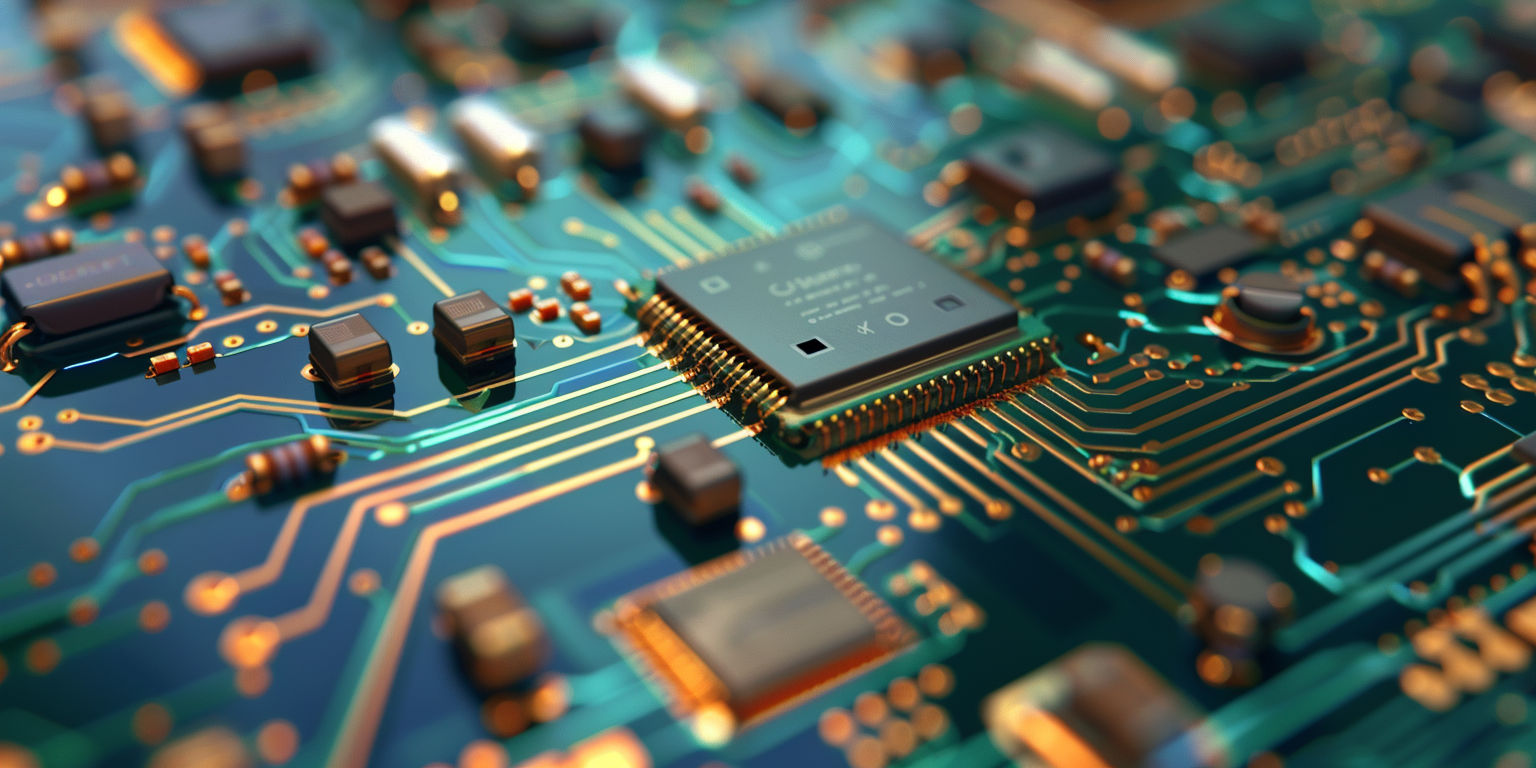Future Trends In 3D Printed Electronics

Richard Neill, CEO of APES, discusses the future of 3D printed electronics, focusing on opportunities in medical devices and semiconductor packaging but highlighting challenges in scaling and workforce development with the required skills.
3D Printed Electronics: Present and Future Prospects
Richard Neill, CEO of APES, shares his view looking forward to the role of 3D printed electronics five years ahead. He believes that 3DPE is further going to progress, finding new applications reflecting their underlying value proposition. "There will be numerous R&D initiatives moving from lab to pilot with an increasing percentage going into production, reflecting an ongoing maturation process," says Richard. High-value medical devices hold enormous potential in this evolution.
Disruptive Potential in Semiconductor and Device Packaging
The advancement of 3D printed electronics is expected to result in the continued introduction of new tools and platforms that enable finer resolutions and design rule miniaturization to the sub-micron level. Advances such as these hold disruptive potential for the semiconductor, device packaging, and consumer electronics industries. As mentioned above, APES is the company that calculates there is much more in store to develop such capabilities and hence propel the entire industry.
Opportunities and Challenges
Richard pointed out a wide array of opportunities that lie in the field of additive manufacturing electronics, including high-value/low-volume mixes such as single-use medical devices, rapid prototyping, device packaging, displays, heterogeneous integration, and mixed signal/radio frequency. He added that there is immense potential for implementing electronic solutions on or within complex 3-dimensional geometries.
However, the industry also faces several challenges. "Scaling advancements to reduce cost and time, proving the technology's competitiveness and reliability, and addressing fundamental issues such as limited awareness coupled with a shortage of skilled designers are critical challenges," Richard notes. Overcoming these hurdles is essential for the continued growth and success of 3D printed electronics.
Comments
Related Articles

FhG IPA - Material Jetting For Advanced Applications: A State-of-the-art Review, Gaps And Future Directions

NScrypt - Supports NASA Mission To Revolutionize Space Exploration

Advancements In Microelectronics: DARPA's Pioneering Initiatives





While we aren't directly involved in recruitment, I encourage you to explore opportunities within this growing sector. Best of luck, and thank you for engaging with the article!